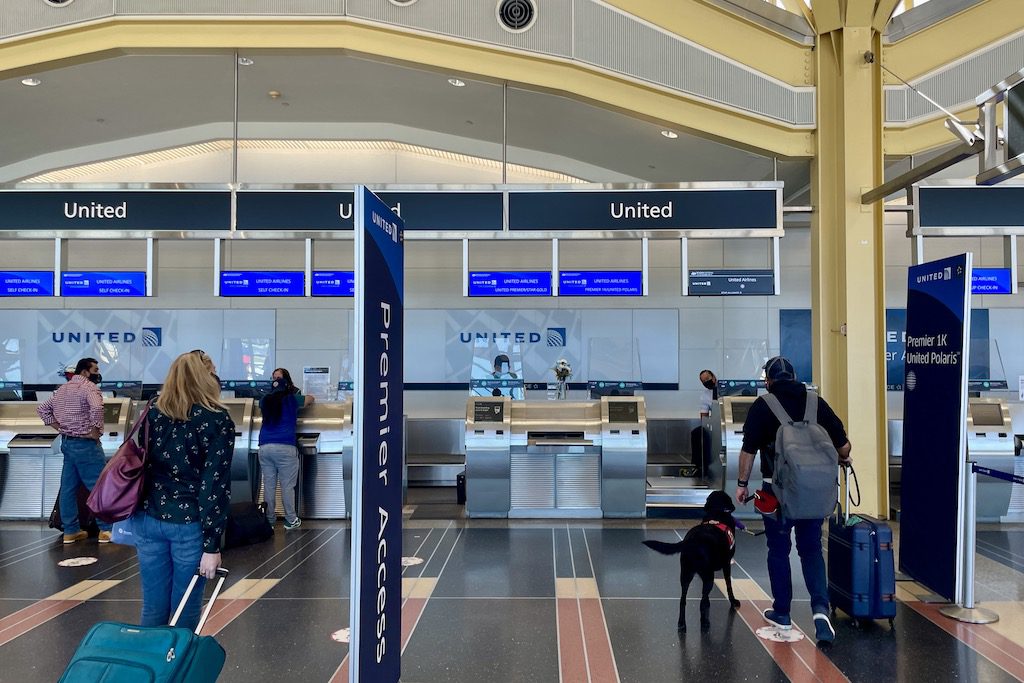Hotels have mixed feelings about business travel in 2023.
On one hand the corporate travel and groups segment is the main area of focus for hotel revenue teams this year.
But rather than staffing issues, business travel also represents their biggest challenge, according to a new Outlook & Trends 2023 Survey from revenue management software company Duetto.
When hoteliers were asked how they planned to optimize business mix in 2023, the top responses were group business (59.5 percent) followed by corporate business (51.9 percent).
Channel management (48.1 percent), online travel agencies (38 percent), then tour operator, wholesale and fully independent travelers (30.4 percent) followed.
Business travel is returning this year, but Duetto believes the fact it’s unlikely to return 2019 levels weighs heavily. for example, only half of companies located in North America are seeing international bookings recover to their pre-pandemic levels according to the Global Business Travel Association.
When it comes to the challenges hotels face in 2023, business travel came top at 60.8 percent.
Staffing followed at 55.7 percent, ahead of increased costs, government restrictions, lead times and cancellations.
As expected, seeking out sales digitally is a priority when it comes to channel management efforts — but revenue execs could be focusing on the wrong channel if they want to boost their business travel bottom line.
Their top focus for channel management in 2023 are metasearch websites such as Google, TripAdvisor or Kayak. This came out highest at 75.9 percent.
Other areas including loyalty (57 percent); online agency (55.7 percent); “own website” (54.4 percent); and global distribution systems (53.2 percent). Yet it’s these global distribution systems that are commonly used by corporate travel agencies.
Duetto’s survey was carried out from Dec. 1, 2022, to Jan. 16, 2023.
Respondents worked in leisure hotels, business hotels, casino resorts and hostels. Geographically they came from North America (39.5 percent), Europe (21.1 percent), Latin America (21.1 percent), Asia Pacific (14.5 percent), and the Middle East & Africa (3.9 percent).
